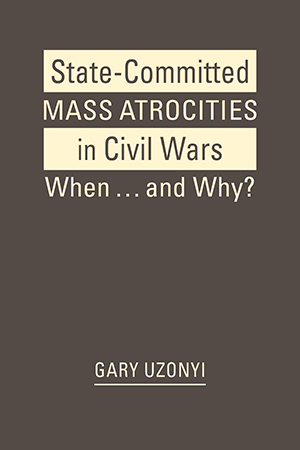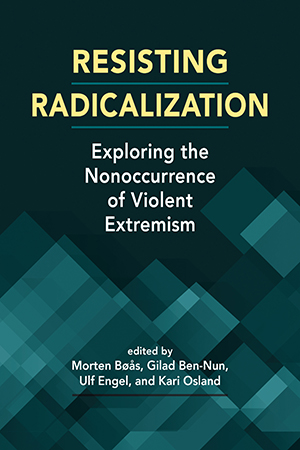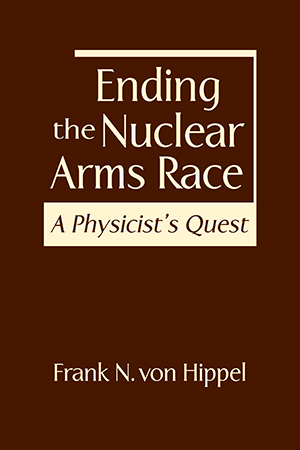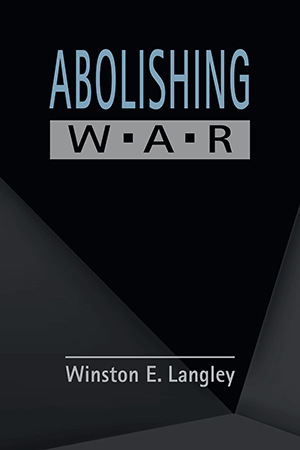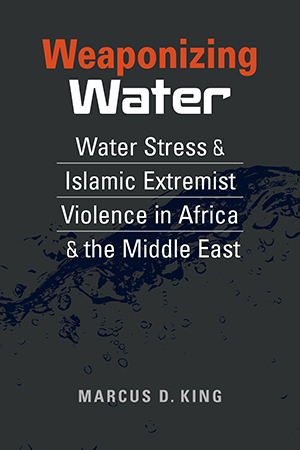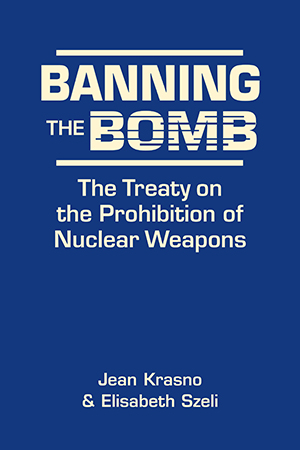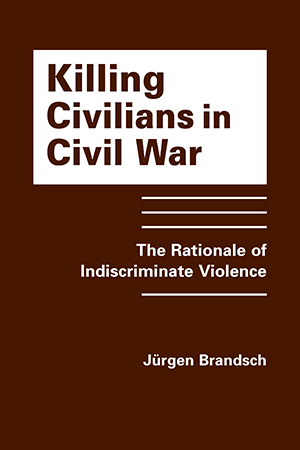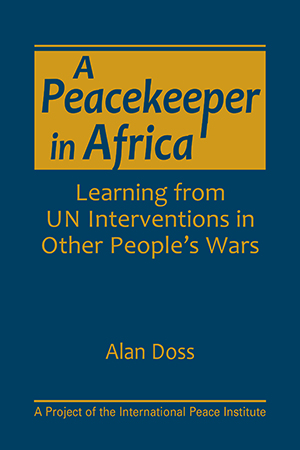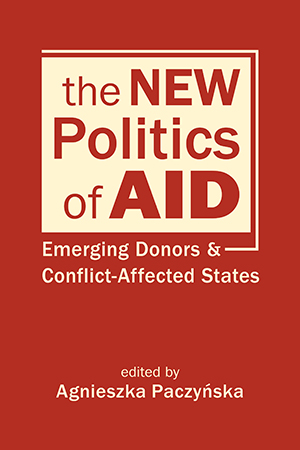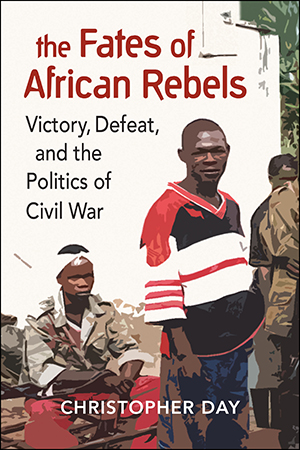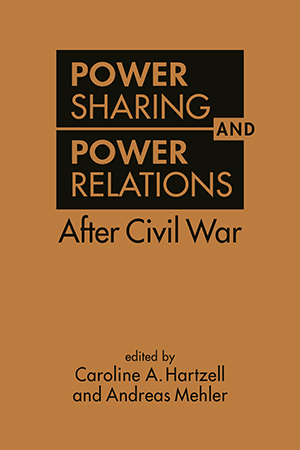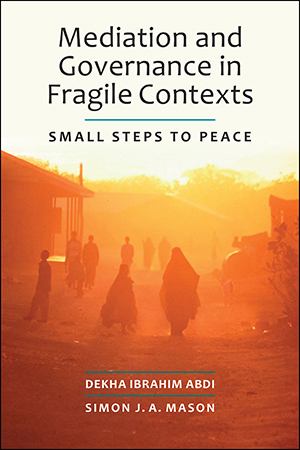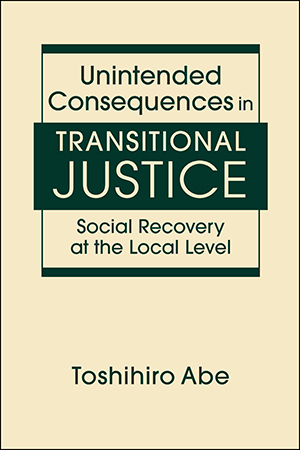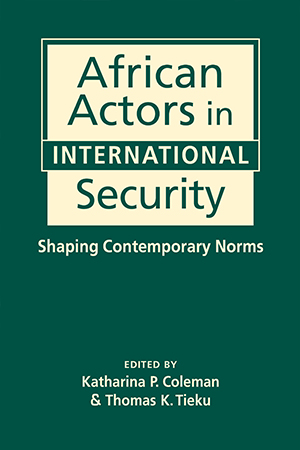Peace & Conflict
Although disarmament is a longstanding feature of the international system, it is often dismissed as utopian and remains largely understudied and undertheorized. To redress this gap, the More >
What causes governments to commit mass atrocities—including genocide—during times of civil war? Gary Uzonyi tackles this discomforting question, focusing on uncertainty as a key More >
Precarious living conditions across the Balkans, the Middle East, and North Africa create fertile ground for radical ideas. Yet, despite genuine grievances and legitimate grounds for anger, More >
Frank N. von Hippel shares his remarkable journey as a key figure in the history of nuclear weapons and nuclear energy, illuminating the far-reaching consequences of nuclear accidents and More >
Is it possible to abolish war? This is the fundamental question animating Winston Langley's new book. And, though many will disagree, it is a question to which the author is persuaded More >
Drought, lack of access, poor quality … water supplies are in jeopardy across Africa and the Middle East. These same areas are rife with conflicts involving Islamic extremist groups. More >
Frustrated by the abrogation of promises by nuclear weapons states to disarm, countries that have foregone nuclear weapons joined forces with key members of civil society in efforts that More >
Conventional wisdom tells us that targeting civilians in civil wars makes little sense as a combat strategy. Yet, the indiscriminate violence continues. Why? To tackle this vexing More >
Alan Doss offers a rare window into the real world of UN peacekeeping missions in Côte d'Ivoire, Liberia, Sierra Leone, and the Democratic Republic of Congo. Doss's story is More >
How do emerging donors conceptualize the relationship between security and development? How, and why, do the policies they pursue in conflict-affected states differ from the liberal More >
What determines the outcome for rebels in contemporary African civil wars? How are "victory" and "defeat" measured? Is there any connection between a rebel More >
There are numerous studies on the role of power-sharing agreements in the maintenance of peace in postconflict states. Less explored, however, is the impact of power sharing on the quality More >
The result of a long collaboration between a Kenyan-Somali mediator and a Swiss scholar-practitioner, Mediation and Governance in Fragile Contexts introduces an innovative, practical More >
Though transitional justice has been hailed by many as the best path toward reconciliation and stability in postconflict and democratizing societies, criticisms of the approach also abound, More >
What impact have African actors had on perceptions of and responses to current international security challenges? Are there international peace and security norms with African roots? How can More >




